Mobile phones are sold with a variety of design characteristics and are frequently replaced for socio-economic and technological factors. So, it’s crucial to understand some specific hardware components (such as the screen, battery, and CPU), as well as the OS, and use such devices for a long time before having to replace them. Fortunately, our Samsung Galaxy S9+ review will help you cover all the requirements for purchasing the finest mobile phone.
Samsung Galaxy S9+ model status in the market is Available. However, it is declared by Samsung company on 2/25/2018 and released in 2018, March.
Samsung Galaxy S9+ has 64GB 4GB RAM, and 3500 mAh battery life (the more mAh value gives more strength to the battery). When you purchase Samsung Galaxy S9+, you will gain 12 MP, f/1.5-2.4, 26mm (wide), 1/2.55″, 1.4µm, Dual Pixel PDAF, OIS rear camera and 8 MP, f/1.7, 25mm (wide), 1/3.6″, 1.22µm, AF selfie camera.
Samsung Galaxy S9+ comes with a 6.2 inches, 98.3 cm2 display size and Corning Gorilla Glass 5 as a screen protector that is intended to protect the screen when the phone drops on hard and rough surfaces.
Samsung Galaxy S9+ has these software and hardware platforms:
* Android 8.0 (Oreo), upgradable to Android 10, One UI 2.5 OS,
* Exynos 9810 (10 nm) – EMEAQualcomm SDM845 Snapdragon 845 (10 nm) – USA/LATAM, China Chipset
* Octa-core (4×2.7 GHz Mongoose M3 & 4×1.8 GHz Cortex-A55) – EMEAOcta-core (4×2.8 GHz Kryo 385 Gold & 4×1.7 GHz Kryo 385 Silver) – USA/LATAM, China Processor.
In this article, you will find Samsung Galaxy S9+ review which will demonstrate the main Samsung Galaxy S9+ specs that you need to make a wise decision about your new smartphone.
Know All About Body Specs In This Samsung Galaxy S9+ Review
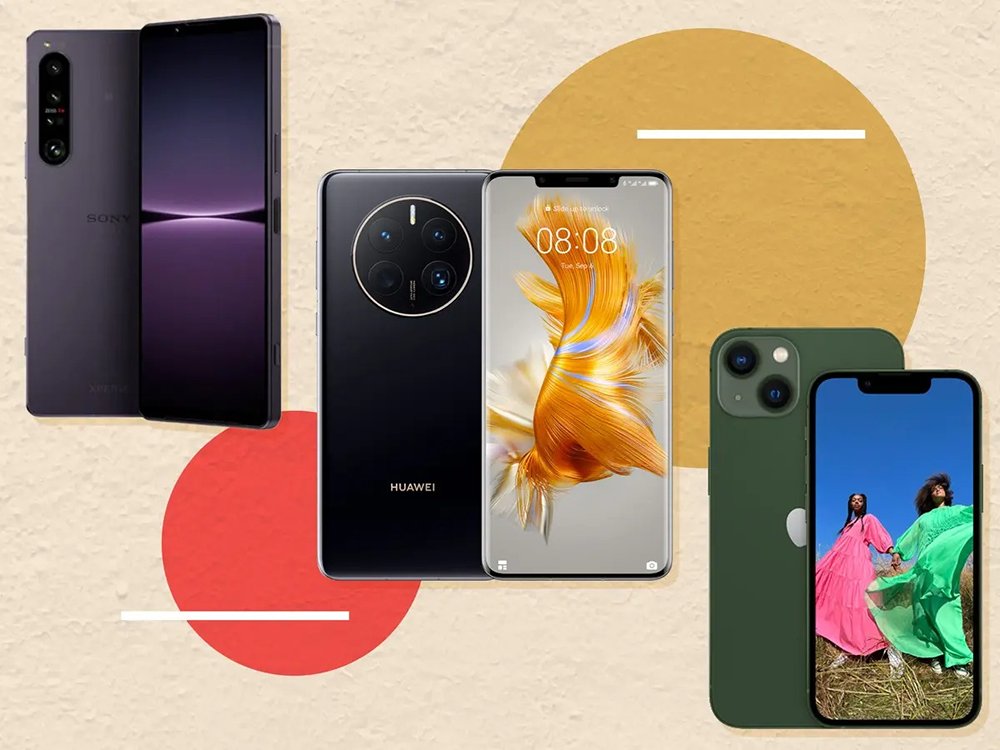
When planning to buy a new cellular phone, the body parameters must be taken into consideration. These physical specifications include body size, weight, and build. You can read Samsung Galaxy S9+ review in terms of the body characteristics in the lines that follow.
* Body Dimensions: 158.1 x 73.8 x 8.5 mm (6.22 x 2.91 x 0.33 in) which means height, width, and thickness (depth) respectively.
* Body Weight: 189 g (6.67 oz).
For mobile phones, a weight between 140g to 170g is deemed convenient for most customers.
* Body Build: Glass front (Gorilla Glass 5), glass back (Gorilla Glass 5), aluminum frame.
The following body types of the mobile phone are available:
* Metal. Due to the fact that it is made of metals, it is the most powerful in terms of protecting the mobile phone’s internal components.
* Plastic. This kind could be sturdier than metal because it doesn’t bend. Additionally, because it doesn’t shatter easily, it has a longer operating life than a glass one.
* Glass. This type of mobile phone’s body looks more polished and attractive, despite the fact that glass is more likely to break due to its fragile nature.
Get Your Preferred Color – Samsung Galaxy S9+ Review
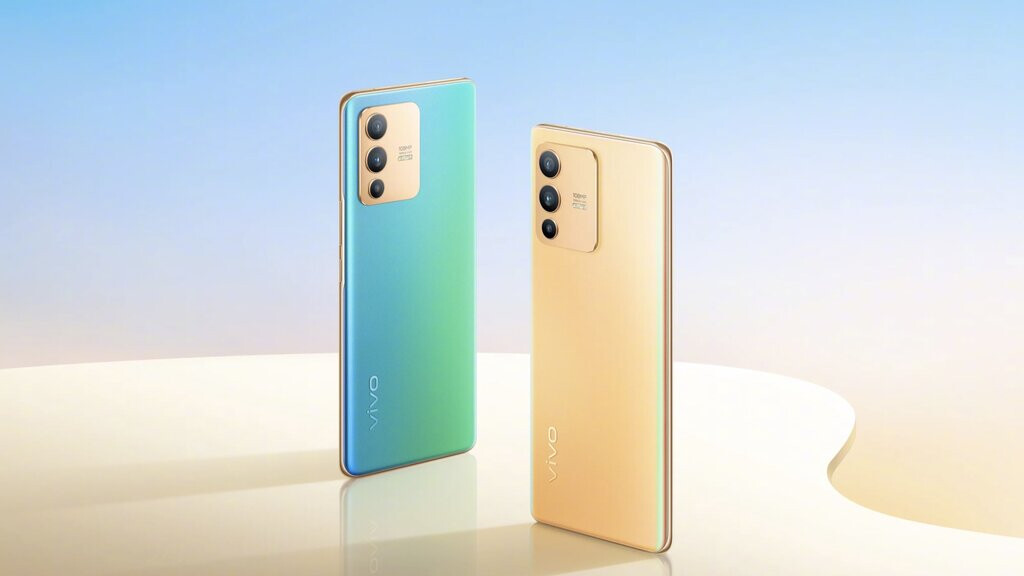
It is relatively important to take care of selecting the cellular phones color because the colors reflected from the device will affect negatively or positively the colors that you see on the display screen.
Samsung Galaxy S9+ comes in the following colors: Midnight Black, Coral Blue, Titanium Gray, Lilac Purple, Burgundy Red, Sunrise Gold, Ice Blue, Polaris Blue.
Samsung Galaxy S9+ Review In Terms of Display Specs
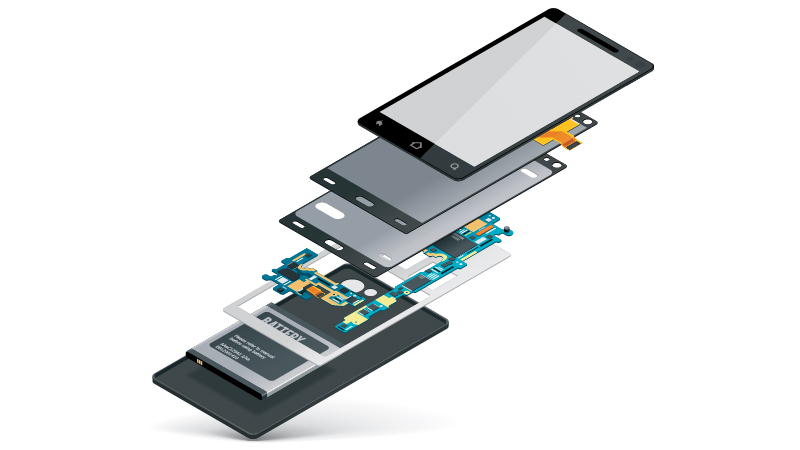
We use smartphones to work, make voice calls, watch movies and videos, play games, do photography, and even do extensive reading. These tasks are accomplished more simpler on large-screen cell phones with genuine blacks, high contrast ratios, and good visibility from various angles.
The next lines will represent the primary display specs of Samsung Galaxy S9+.
Display Type: Super AMOLED – Keep in mind that you should search for a screen kind that provides more bright colors and real black.
Display Size: 6.2 inches, 98.3 cm2 – These days, smartphones feature screens that measure between 4.7 and 6.5 inches.
Display HDR: HDR10 – Signifies that an image has a remarkable contrast between its lightest and darkest areas.
Screen To Body Ratio: (~84.2% screen-to-body ratio). It provides the percentage of how much the display covers the front face. Smartphones that have the largest screen-to-body ratio look delicate and that give them a premium look.
Display Ratio: 18.5:9 ratio. the Aspect ratio is the relevance between the height and width of the smartphone screen. Taller aspect ratios like 19.5:9 is coming with the most modern smartphones, and it is suitable for web browsing, and other portrait orientation apps.
Display Resolution: 1440 x 2960 pixels. It is the clarity of an image video in detail and sharpness. The pixel resolution for high-definition screens is 1920 x 1080.
Display Density: (~529 ppi density). It is the number of physical pixels per inch on a screen and is measured in Pixels Per Inch (ppi).
Display Protection: Samsung Galaxy S9+ comes with the following display protection:
* Corning Gorilla Glass 5
* Corning Gorilla Glass 5.
Knowing Camera Specifications Using Samsung Galaxy S9+ Review
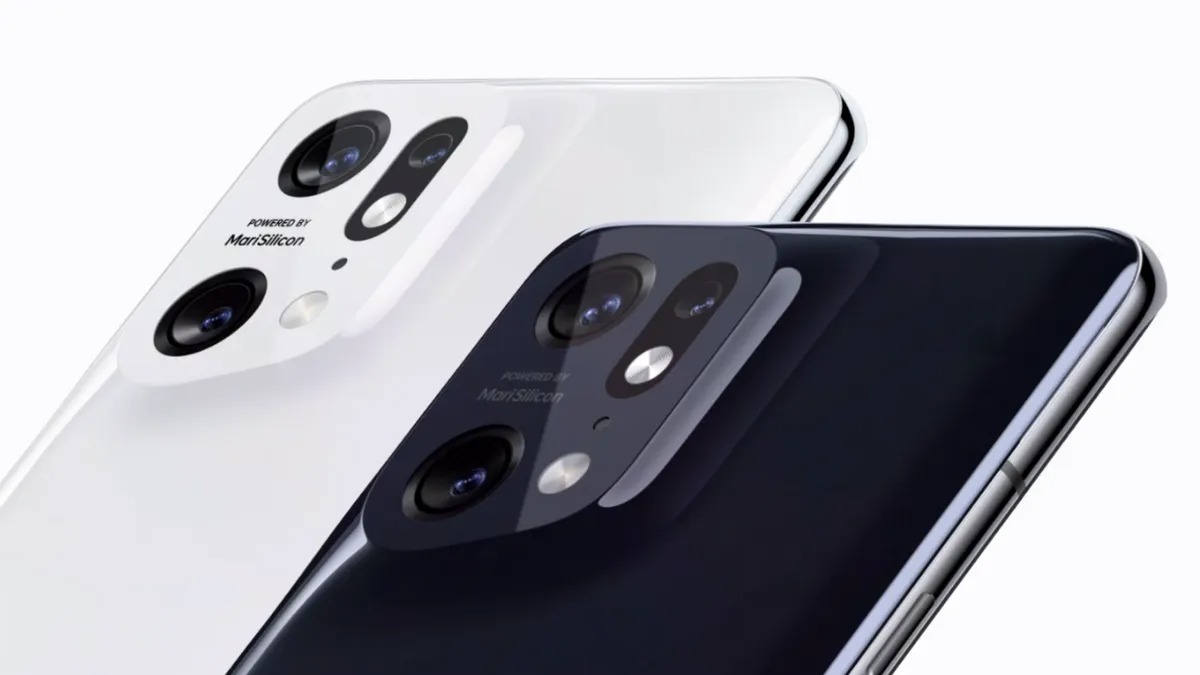
In the following lines, you will find Samsung Galaxy S9+ review about the main cameras.
* Main Camera Single: 12 MP, f/1.5-2.4, 26mm (wide), 1/2.55″, 1.4µm, Dual Pixel PDAF, OIS}.
The following lines explain some of the symbols included in the camera specifications:
MP (Megapixels) is the resolution of the image taken by a mobile phone.
(f value) is the aperture of a lens that indicates how much light it lets in. A bigger aperture lets in more light, whilst a smaller aperture lets in less light.
(mm value) This measurement is of the lens’s focal length, which affects the final image that is produced by your camera.
AutoFocus (AF) is the function of a camera to automatically focus on a subject.
* Main Camera Dual: 12 MP, f/2.4, 52mm (telephoto), 1/3.6″, 1.0µm, AF, OIS, 2x optical zoom
The main camera features are as follows:
auto-HDR, panorama, 4K@30/60fps, 1080p@30/60/240fps, 720p@960fps, HDR, stereo sound rec., gyro-EIS & OIS (30fps) main video camera.
Here is the Samsung Galaxy S9+ review of the selfie camera:
* Selfie Camera Single: 8 MP, f/1.7, 25mm (wide), 1/3.6″, 1.22µm, AF
* Selfie Camera Dual: 2 MP (dedicated iris scanner camera)
The main camera features are:
Auto-HDR, Dual video call, 1440p@30fps Selfie video camera.
the SIM Card features – Samsung Galaxy S9+ Review

A SIM card, also known as a Subscriber Identity Module, is an electronic card that stores information including user identity, phone number, network authorization data, personal security keys, and contact lists. A SIM card connects a cellular phone to a specific mobile network to use its functions, like making calls, and connecting to internet services such as 3G, 4G LTE (please refer to Samsung Galaxy S9+ 3G or Samsung Galaxy S9+ 4G articles ) and 5G, or sending SMS messages. Please note that it’s possible to use your smartphone without a SIM card as a personal assistant device.
This cellphone model comes with Single SIM (Nano-SIM) or Hybrid Dual SIM (Nano-SIM, dual stand-by) card. For more info, refer to How to insert SIM card in Samsung Galaxy S9+ article.
Here are the common SIM card kinds:
* Nano-SIM. It is the smallest removable SIM card size, so it is the most modern one (other than eSIMs, which we’ll read about very soon) and most current mobile phones are using it.
* Micro-SIM. They have a slightly larger chip, and they haven’t been utilized too often lately.
* Standard SIM (Mini-SIM). It is the biggest SIM card size in use, and it’s the most seldom used.
* eSIM. It is an embedded SIM card, meaning that you can’t remove it from your smartphone.
Chipset, CPU, and GPU – Samsung Galaxy S9+ Review
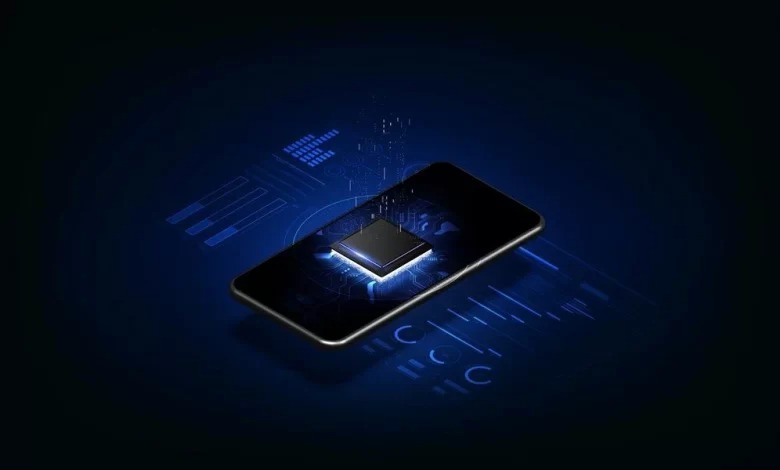
This model has Exynos 9810 (10 nm) – EMEAQualcomm SDM845 Snapdragon 845 (10 nm) – USA/LATAM, China chipset.
Advanced embedded chipsets in mobile phones allow the performing of many different tasks depending on their programming. They are built-in as part of the complete device including hardware and mechanical components. The most common chipset types are: Qualcomm Snapdragon, Intel Atom, and MediaTek Chipsets.
Samsung Galaxy S9+ has Octa-core (4×2.7 GHz Mongoose M3 & 4×1.8 GHz Cortex-A55) – EMEAOcta-core (4×2.8 GHz Kryo 385 Gold & 4×1.7 GHz Kryo 385 Silver) – USA/LATAM, China CPU.
CPU (Central Processing Unit) performance is vital for the daily user experience. Thus, the higher the number of cores, and the higher the processing speed the better the performance will be.
Samsung Galaxy S9+ has the following GBU (Graphics Processing Unit): Mali-G72 MP18 – EMEAAdreno 630 – USA/LATAM, China.
This chip is responsible for handling all graphics jobs. Actually, Users are now more aware of the many kinds of GPU chips included in cellphone chipsets and sometimes take their performance into account when making purchases.
Knowing About Storage specifications – Samsung Galaxy S9+ Review
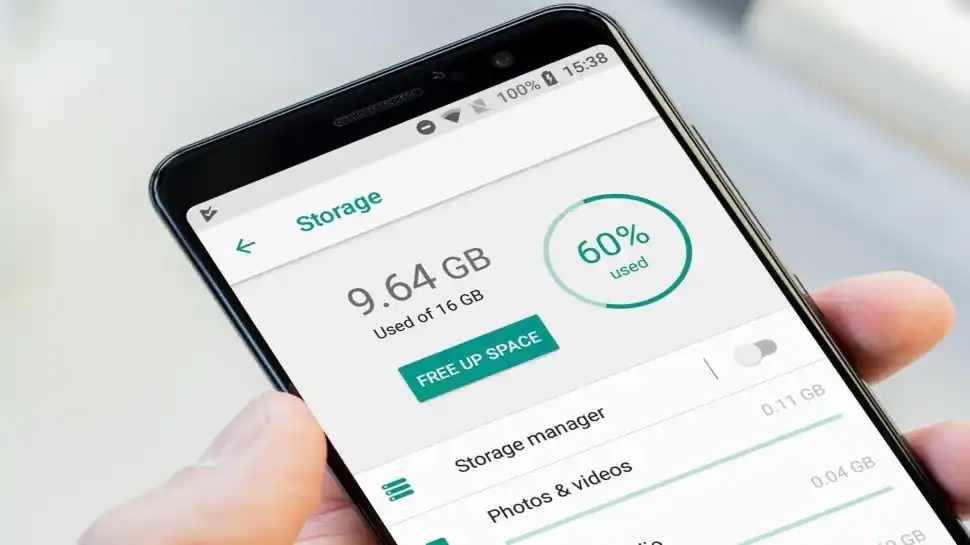
One of the major deciding factors when you want to buy a new smartphone is the size of storage it offers. Actually, Samsung Galaxy S9+ comes with a microSDXC (uses shared SIM slot) – dual SIM model only memory card slot, and the following internal memory: 64GB 4GB RAM – 64GB 6GB RAM – 128GB 6GB RAM – 256GB 6GB RAM
There are two types of phone’s memory:
Internal: It is integrated inside the phone, and can’t be extended. These days, most mobile phones come with internal storage of at least 32GB or 64GB and a few high-end models feature 256GB or 512GB.
External: It is a removable SD card used as extra storage to save photos, music, videos, etc., regardless of the kind of SD card slot.
Mobile Networks and Connectivity – Samsung Galaxy S9+ Review

The complicated architecture used by mobile networks covers base stations distributing radio waves inside hexagonal zones known as “cells” (hence mobiles also known as cell phones). In order to exclude any signal-deficient locations, thousands of cells overlap across several geographic regions. There are three various network types available today; 3G, 4G, and 5G. These networks have the ability to pick up and deliver mobile telecommunications addition to transmitting and receiving data and information.
Samsung Galaxy S9+ supports the following networks: 3G. For more information, refer to Samsung Galaxy S9+ 3G article. – 4G. For more information, refer to Samsung Galaxy S9+ 4G article.
Read About Wireless Connections – Samsung Galaxy S9+ Review
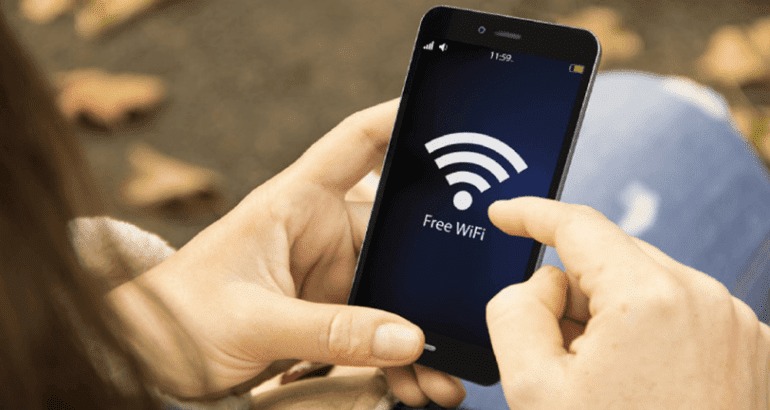
This model comprises the following wireless communications:
* WLAN connection: Wi-Fi 802.11 a/b/g/n/ac, dual-band, Wi-Fi Direct, hotspot. Wireless Local Area Network depends on Wi-Fi to connect to the home or office wireless network using the local router and offers Internet access.
* Bluetooth connection: 5.0, A2DP, LE, aptX. It is a common wireless communication protocol used to connect two devices together over short distances, allowing them to share data between different devices.
* GBS connection: Yes, with A-GPS, GLONASS, BDS, GALILEO. Global Positioning System enables smartphone to define any position you need.
* NFC connection: Yes. Near Field Communication is a wireless technology that enables your cellphone to transfer data to another device when they’re close together, so it’s commonly used for contactless payments. For more information, refer to NFC on Samsung Galaxy S9+ article.
* USB connection: USB Type-C 3.1}. Universal Serial Bus is wired technology that allows users to connect two devices, such as a smartphone with a PC, to either transfer data or charge the connected device.
* Features Sensors: Iris scanner, fingerprint (rear-mounted), accelerometer, gyro, proximity, compass, barometer, heart rate, SpO2}. The sensor is a device that detects and majors the changes in the nearby environment such as ambient light and motion.
The Operating System – Samsung Galaxy S9+ Review
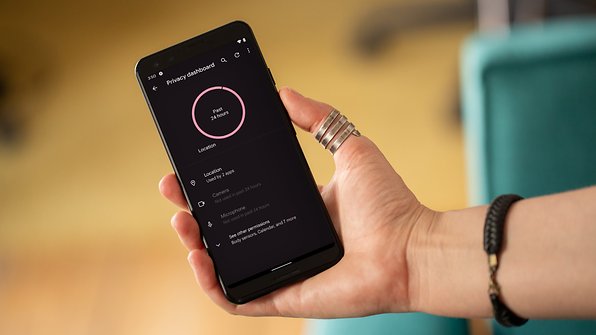
This model comes with Android 8.0 (Oreo), upgradable to Android 10, One UI 2.5 operating system.
Main Specs of The Battery – Samsung Galaxy S9+
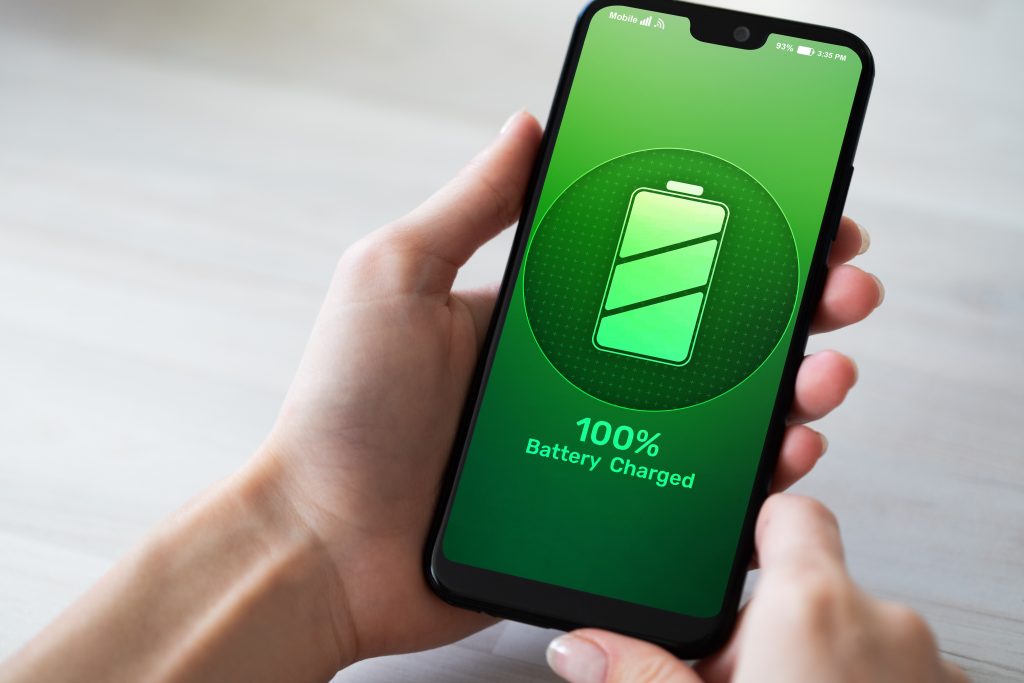
Nothing is more important than the battery of the mobile phone that keeps these devices running and keeps daily life working. The following lines are demonstrating Samsung Galaxy S9+ review of its main battery.
* Battery Technology: Li-Ion.
* Samsung Galaxy S9+ comes with a non-a removable battery.
* Battery Capacity: 3500 mAh. It refers to the amount of storage volume a particular battery is able to provide. A battery with a 3100 mAh capacity rating could supply a current of 3100 mA for one hour. Higher mAh ratings for the same battery kind will usually mean more working time.
* Battery Charging: {Fast charging 15W}.
Samsung Galaxy S9+ Review of the Battery Secondary Specs

In addition to the major Samsung Galaxy S9+ features that we mentioned earlier, this model has more battery-related features that are relatively different depending on the kind of the cellphone. Here are these specifications:
* Battery Charging Original: {Fast charging 15W, Quick Charge 2.0, Qi/PMA wireless charging – market dependent}.

